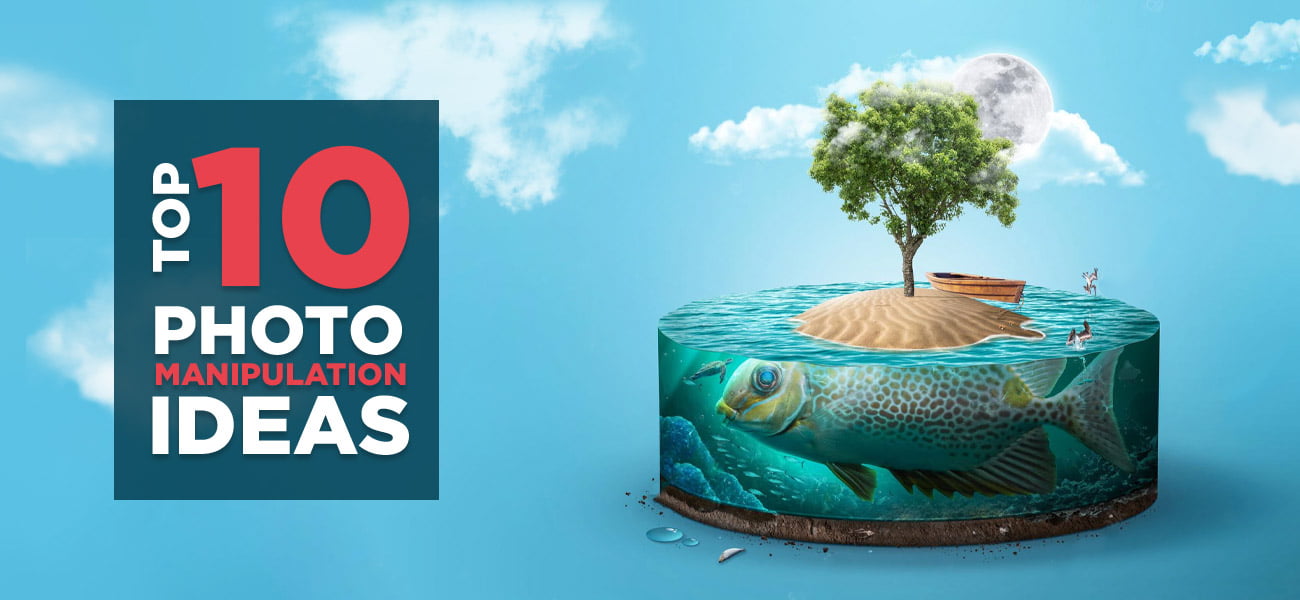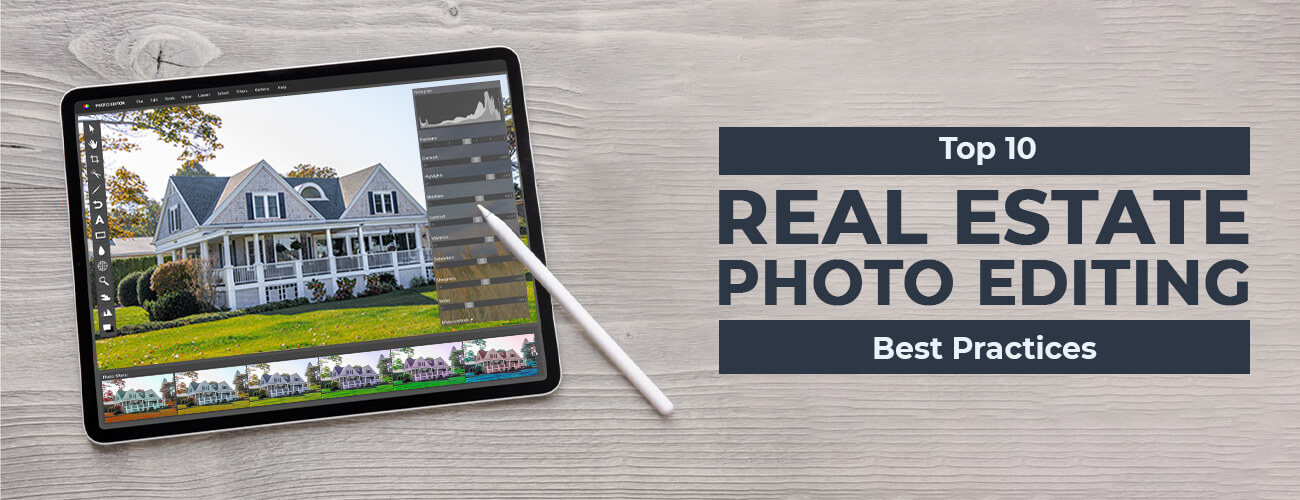Studies suggest that a human brain responds and processes a picture faster than a thousand texts. It is one of the main reasons for the increased use of photographs and the initiation of various image enhancement activities. It is considered as the most effective means of communicating information and is proven to garner around 94% of the attention if it is included with texts or content. Apart from that, pictures are easier to remember and are more likely to be understood by the audience.
A variety of photo editing programs are available for photographers or image editors to carry out their retouching or enhancement tasks, starting from Adobe Photoshop and Lightroom to Luminar or Capture One. However, the drawbacks of using these applications are they are quite advanced and will need a long-term subscription service or an up-front investment. In addition to that, it won’t be that helpful to beginners since they would not have any prior experience in this field.
Thankfully, you do not have to worry now since this article is going to provide you with a few alternatives that you have been longing for quite some time. It will help you to learn the simple but effective ways of using an app either free of cost or without much investment to get your work done. It can also be useful for both beginners and intermediates to access maximum features of any software for making basic color corrections as well as advanced photo retouching and enhancement.
What is Image Enhancement, and Why Do We Need It?
Image enhancement is a technique that is mainly used for improving the perception or interpretability of the information contained in the pictures. It exceptionally refines an image so that it is easier to perceive by the humans or more likely to be identified by an automated image analysis system. Apart from this, image enhancement can also be used when you need to pick out or focus on the important features of an image. For example, let’s say you need to focus on the image of a car displaying the license plate. Normally, if the picture is not edited, you may not clearly see what’s written on the license plate. However, with image enhancement techniques, you can sharpen the image, thereby making the numbers visible to the viewers.
10 Simple Ways to Implement Advanced Image Editing for Getting Quality Pictures
Images are the most important aspect of any design and can help in making it effective and memorable. To ensure that it catches the attention of the viewers, you need to make it look amazing and outstanding from the rest. If you are working on photography editing, then pay attention to this handful of simple techniques and settings so that it helps you in achieving the desired quality you want.
-
Combining simple and hi-end retouching
The sure-shot way of getting high-quality images is by availing both basic and advanced features of the photo editing software. For example, in Lightroom or Photoshop editing, you will get a variety of options that can enable you to carry out simple as well as high-end retouching. Thus, by accessing and combining both types of tools, you can work on mastering and managing the retouching techniques for exceptional outputs.
-
Controlling overall lighting
Lighting is one of the toughest aspects of photography and will require a lot of practice to get it right, even if you are a professional image editor or photographer. That is why it is advisable to start Image editing that is correctly exposed. There is also a possibility that the editing will lead to a photo that is a bit darker. However, you can make it normal by modifying the brightness setting. Also, keep in mind that changing brightness may result in a much lighter or darker photo. Therefore, it is better when the changes are done incrementally. If you further need to balance or improve it, then try adjusting the contrast as well.
-
Key Features & Tools
Every software offers a collection of tools and features that range from simple to advanced. So, all you need to do is find out all the free tools provided by the software and make the best use of it. The common features that everyone is pretty used to seeing in an editing app are highlights, shadows, saturation, colors, exposure, sharpness, etc. when it comes to the Tools section, you can find all the real power to manipulate or edit an image. It allows you to add overlays, watermarks, custom vignetting, etc. just with the single click of a button.
Besides, another thing that can completely transform an image is cropping. With the Crop Tool, you can enhance the composition, emphasize a focal point, and eliminate the distracting or unwanted areas from the pictures. A good rule of thumb is to start cropping with a large-sized image since cropping tends to reduce the quality and resolution.
-
AI-Drive Enhancement Tools
A couple of years ago, portrait retouching was one of the toughest things to master by using a photo editor. Besides, it used to take a lot of time for learning even though you had the most advanced courses in your arsenal. However, now there are many options that can help you with automated portrait retouching. It is usually possible with the help of AI enhancement tools to carry out quality retouching for your portraits. These tools are easy-to-use, simple, and can aid to produce professional-quality outputs.
-
Improving typography
Combining text and images can result in a powerful visual combination that can instantly attract viewers. It can provide better outputs than what you can achieve by just having text or images in your design. In that case, you can try adding relevant data with imagery or choose an image that complements the content of your text. One tip is to add in clear and nice spaces such as sky or water. It will be clearly visible to the audience and create the desired impact.
-
Face Sculpting
Face sculpting is another advanced technique that can be used for the enhancement of photos. It is a quite risky method and generally involves making minor changes to improve the shape of a face. The technology uses automation and facial recognition to help users make changes in the face without messing it up. However, do not go over-the-top while making changes and try to keep it subtle. Besides, the apps that have this technology also have the option to dial back the sliders for each enhancement either individually or collectively.
-
Changing and improving the background
Generally, you won’t be focusing on every element of the photograph since only specific areas need to become the center of attraction. Other areas, such as backgrounds, can work better when they are kept out of sight of the public. It is important to select a visually interesting background for your design. However, most of the time, a text is present at the top of the design and covers a good part of the background. In cases like that, there is a possibility that the details in the background will make it hard to read the text.
To overcome it, you can add a bit of blurring to create an uncluttered and smooth background. You can either apply light or moderate blurring as per the requirement to retain recognizable scenes or shapes in the background image. On the other hand, dynamic blur can also be used if you need to create a stronger effect than that of a solid color background. If for any reason, the background is not up to the mark and you need to replace it, then there are certain tools that you can use.
-
Photo Effects or Filters
Various photo editing programs come with a filter option that can be used to add artistic or special effects to the images. Apart from that, they can also be employed for improving and correcting imperfection in the photographs. However, most of the pictures do not need filters, so make sure to use it only when you need to provide a special effect. Some of the filter options that are commonly present in the software programs are emulating film, adding sunburst or flare, converting of color pictures to black and white, and more.
-
One-click Image Enhancer
Adjusting contrast and saturation is one of the basic things to do when it comes to improving the picture quality. Saturation is mostly related to the color intensity, i.e., more saturated colors look brighter and bolder while less saturated colors are closer to gray. On the other hand, contrast is mainly involved with tweaking the shadows and highlights to add a little drama to the picture. By increasing contrast, you can get lighter lights and darker darks, thereby getting a wider range of tones. It will only require a click to improve the tone and make the images look great. Most apps usually have an auto-correction feature in case you do not want to edit manually. It can automatically recognize a subject and help you to adjust the settings.
-
Distortion and Perspective Correction
Distortion and perspective correction is crucial for any photograph that is having a lot of straight lines. The software programs mostly offer automatic profile corrections or drag-and-drop features for eliminating distortions or perspective issues in the image. If you want to handle it manually, then you need to go the Geometry subsection of the Composition tools to adjust the distortions that are potentially affecting your photos.
Even though it will not be a complete replacement of the paid version of your photo editing software, these tips will still be very useful for enhancing the quality of your pictures. If the trial version of your current software has already run out and you are not willing to go for a big investment, then the tips discussed above are all you need to know for carrying out your image editing and retouching tasks with ease.




